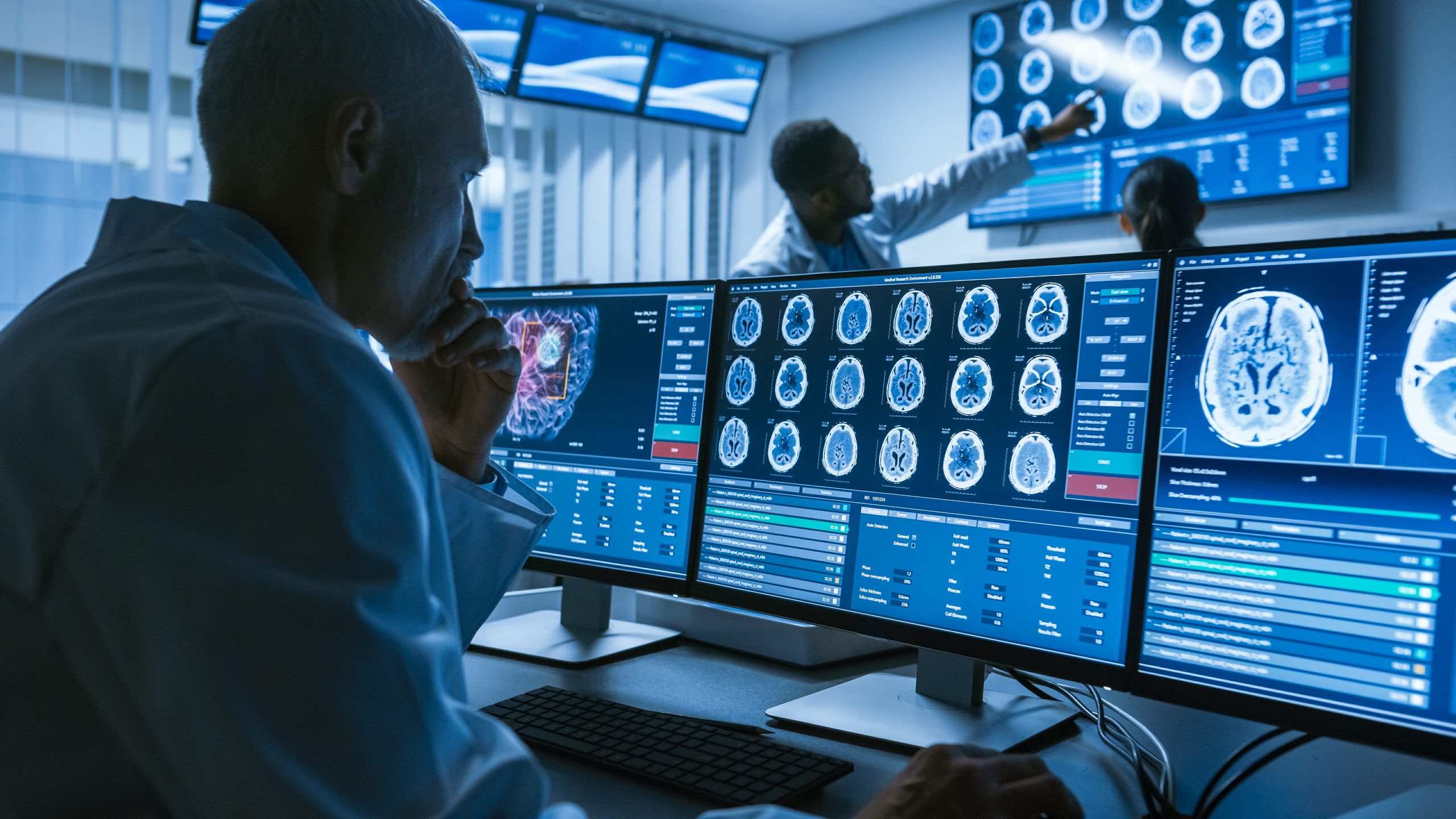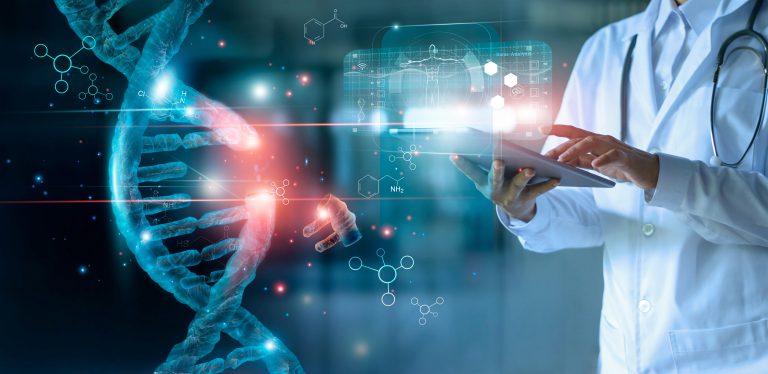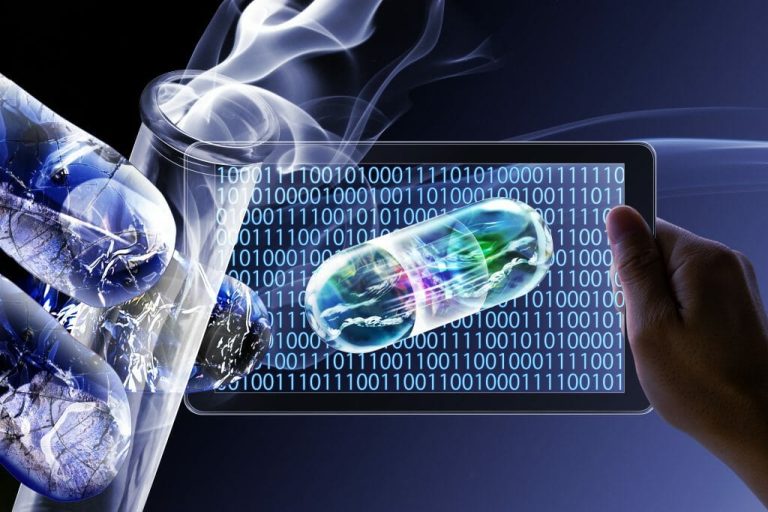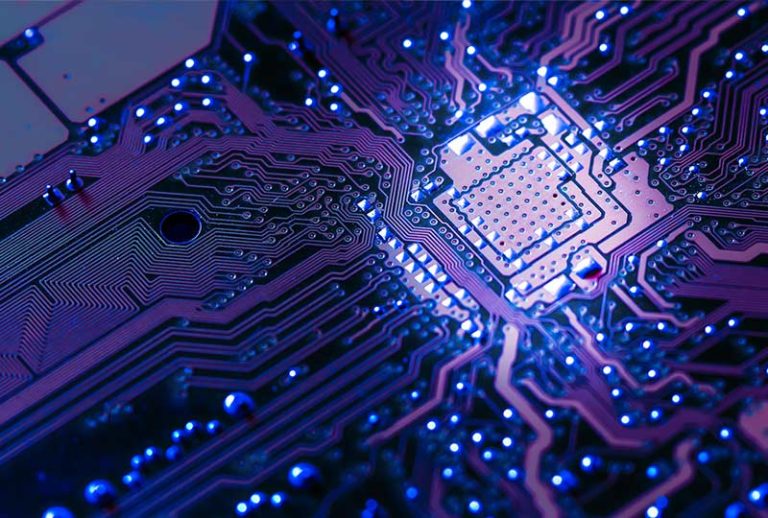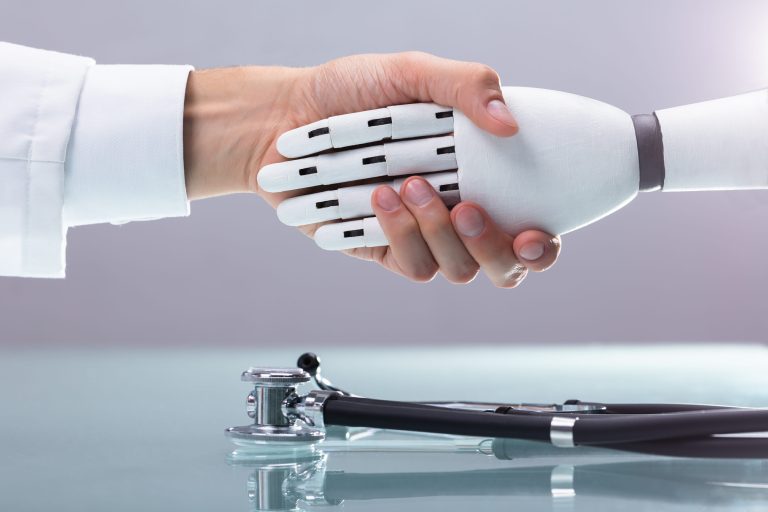Revolutionary AI Breakthrough: Discovering and Classifying Diverse Brain Injury Types
Researchers from the University of Cambridge and Imperial College London have created groundbreaking Artificial Intelligence technology capable of detecting, segmenting, quantifying, and distinguishing various types of brain lesions.
The team designed a machine learning tool powered by an artificial neural network, training it using over 600 distinct CT scans showcasing a range of brain lesion sizes and types. After thorough validation with a comprehensive existing dataset of CT scans, the AI demonstrated proficiency in classifying individual image components and identifying abnormalities.
PhD student Miguel Monteiro, a co-first author of the study from Imperial’s Department of Computing, played a pivotal role in developing this innovative AI tool. “Head injuries represent a significant global health crisis. Our artificial network and algorithm illustrate that we can semi-automate the diagnosis of various injury types, potentially guiding treatment options in the future,” Monteiro explained.
This leap forward in AI technology within the medical field holds promise for broad-scale research initiatives and the formulation of personalized treatments for traumatic head injuries—affecting over 60 million individuals globally each year and standing as the leading cause of mortality among young adults.
“Often, much of the valuable information contained in a CT scan goes unnoticed, and as researchers, we recognize that the type, volume, and location of a brain lesion are critical to patient outcomes,” stated co-senior author Professor David Menon from Cambridge’s Department of Medicine. “We hope this technology will aid us in tracking which lesions grow and progress, helping us understand the underlying reasons for their development and enabling us to design more tailored treatments for patients in the future.”
In addition to accuracy, the efficiency of injury diagnosis is equally essential. “Conducting a detailed assessment of a CT scan with annotations can take hours, particularly in cases involving severe injuries,” remarked co-first author Dr. Virginia Newcombe, also from the University of Cambridge. She emphasized that a “tool capable of automatically identifying and quantifying different types of brain lesions” could significantly expedite diagnoses in clinical situations.
The findings published in The Lancet Digital Health indicate that the focus now needs to shift towards integrating such algorithms into clinical practices, enhancing radiology workflows by pinpointing scans needing urgent attention and supporting reporting in resource-limited regions where access to radiological expertise is scarce.
